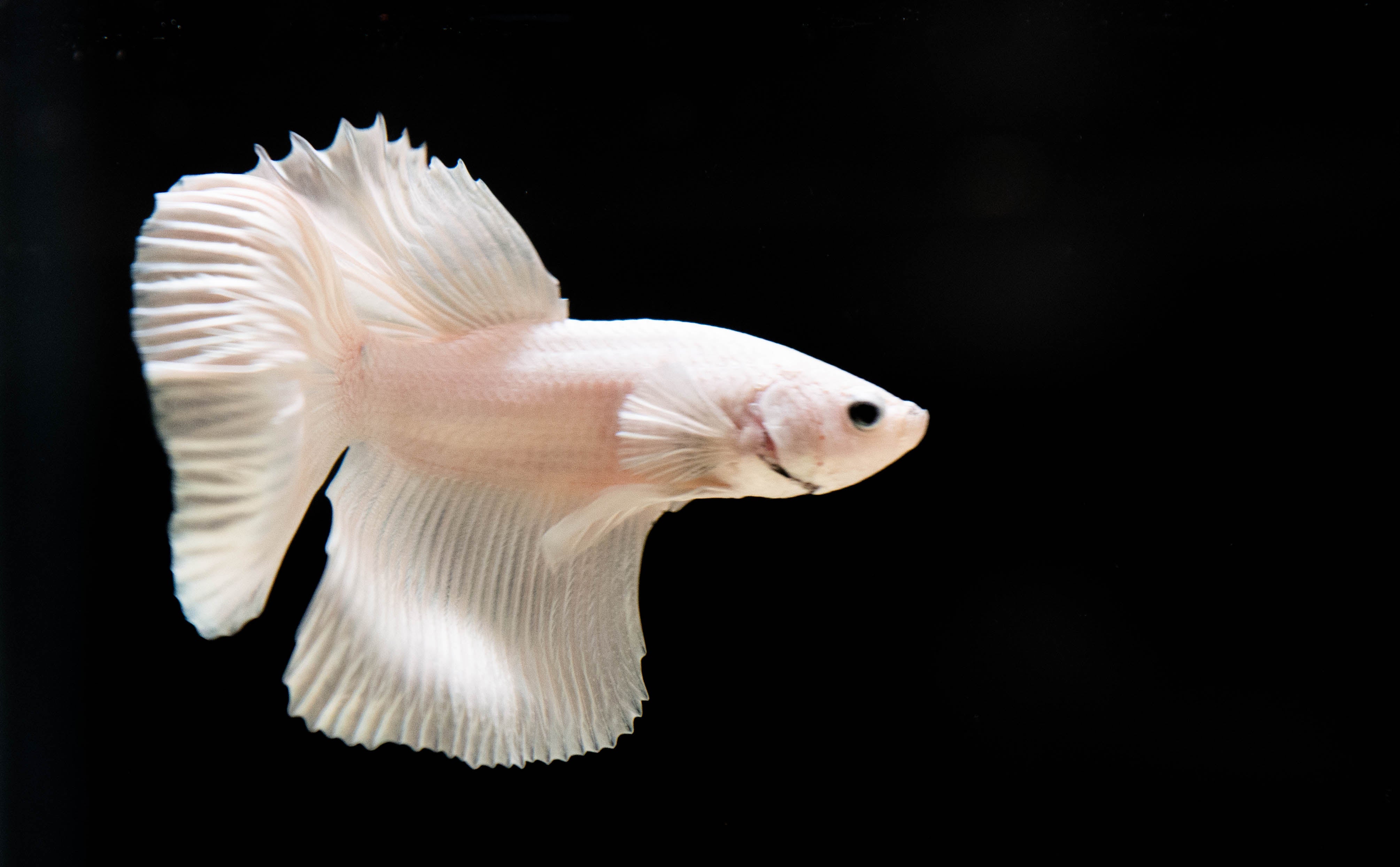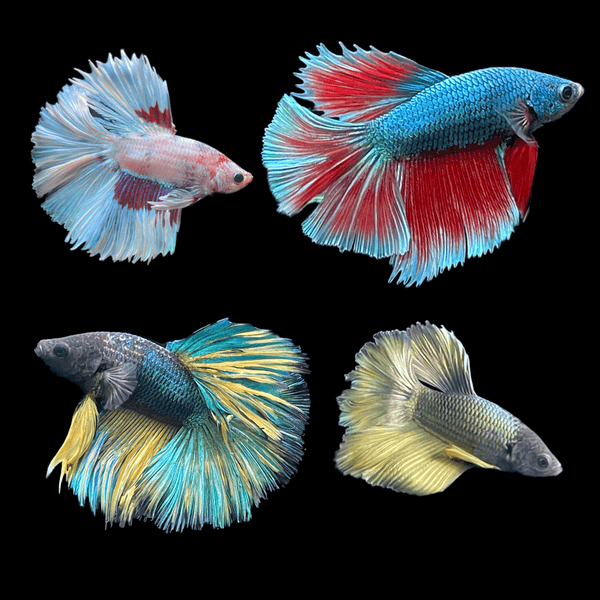Betta Fish Life-span: Just How to Guarantee Your Betta Lives Longer
Betta Fish Life-span: Just How to Guarantee Your Betta Lives Longer
Blog Article
How to Breed Betta Fish Efficiently: Professional Techniques and Insights for Hobbyists Aiming To Broaden Their Betta Collection
Breeding Betta fish needs a nuanced understanding of genetics and ecological conditions, making it necessary for hobbyists to come close to the process with both persistance and care. Developing an optimal reproduction environment, choosing the right sets, and observing the intricacies of their courtship habits are foundational steps that can significantly influence the outcome. The succeeding care of the fry is important for ensuring their healthy and balanced growth. As we explore these crucial parts, it becomes clear that effective reproduction is not almost the first pairing yet encompasses a more comprehensive technique that values careful consideration.
Recognizing Betta Fish Genetics
Understanding the genes of Betta fish is crucial for successful breeding, as it influences characteristics such as color, fin shape, and behavior. Betta fish exhibit a diverse variety of colors and patterns, largely identified by their hereditary make-up. The key genetics in charge of pigmentation include the "B" genetics for blue, "D" gene for red, and the "C" gene for shade intensity. Breeders can adjust these qualities by picking details parent fish that show preferred attributes.
Along with coloration, fin morphology is another substantial element of Betta genetics (betta fish). The shape and dimension of fins are influenced by different genetics, including those that determine whether the fins are brief, long, or veil-shaped. Comprehending these genetic variants assists breeders forecast the phenotypic results of their children
Additionally, behavioral attributes such as aggressiveness and territoriality can also be affected by genetics. These actions play a crucial role in the reproducing process, as they can influence spawning success and the total character of the resulting fry. By comprehensively comprehending these genetic concepts, breeders can make educated decisions, eventually enhancing their reproduction programs and achieving desirable outcomes.
Preparing the Reproduction Atmosphere
Developing an optimal reproduction atmosphere is essential for the successful reproduction of Betta fish. The very first step in preparing this atmosphere is to select an ideal reproduction storage tank, ideally ranging from 5 to 10 gallons.
Next, consider using a sponge filter or an air rock to give mild water blood circulation without creating solid currents that can emphasize the fish. It is necessary to mount plants or breeding cones to provide hiding spots and promote comfort for the female during the spawning process. Drifting plants, such as Java moss or water sprite, can additionally produce a much more native environment while promoting bubble nest structure by the man.
Prior to presenting the reproducing sets, make certain the water is conditioned and devoid of unsafe chemicals, such as chlorine or hefty steels. betta fish. Normal water modifications must be carried out to preserve ideal water quality, enhancing the chances of successful reproduction. With these preparations in location, the breeding environment will certainly sustain the health and wellness and wellness of both Betta fish
Selecting Breeding Pairs
Picking the appropriate reproduction pairs is important for accomplishing successful Betta fish reproduction. When picking your reproduction pairs, consider numerous vital aspects including health, personality, and genetics. Healthy Betta fish show vibrant shades, clear eyes, and active actions. Picking fish that are cost-free from illness guarantees a better opportunity of creating viable spawn.
Character is one more important factor to consider, as Betta fish are known for their hostile nature. It is recommended to pick a male and lady that exhibit suitable temperaments to decrease tension throughout the breeding process. A tranquil man can motivate a smoother courtship, while a lady that is too hostile may interrupt the procedure.
Genetic background additionally plays a considerable role in the high quality of the offspring. Breeding fish that are genetically varied can reduce the danger of genetic wellness issues and improve the total vigor of the fry. It is beneficial to investigate the family tree of both the man and lady, concentrating on preferable attributes such as fin type, shade patterns, and size.
The Reproduction Refine
The breeding process of Betta fish needs mindful planning and attention to detail to make certain an effective outcome. At this content first, it is crucial to prepare an ideal reproduction tank, ideally a 5-10 gallon aquarium with a temperature preserved at 78-80 ° F. The tank ought to be furnished with a heating system, filter (ideally sponge kind to stay clear of solid This Site currents), and lots of aquatic plants for the female to hide.
When the atmosphere is established, present the chosen breeding pair to the storage tank, allowing them to adapt. Observe their actions; the man will certainly present intricate courtship rituals, including flaring his fins and building a bubble nest. If the female shows passion, she will certainly present upright stripes indicating readiness for spawning.
When the female is responsive, the pair will certainly involve in a mating welcome, during which the male fertilizes the eggs. Maintaining optimal water conditions during this duration is necessary for the advancement of healthy and balanced Betta fry.
Taking Care Of Betta Fry

Feeding Betta fry is important, as they require a diet plan high in healthy protein. Originally, they can be fed infusoria or fluid fry food, transitioning to carefully crushed premium pellets as they expand. Feed little parts several times a day to urge healthy development without overwhelming the container with leftover food.

As they develop, monitor their growth closely and separate any kind of aggressive individuals to protect against injury. By giving a supporting setting and appropriate nutrition, enthusiasts can successfully increase Betta fry into lively, healthy and balanced fish, eventually boosting their breeding ventures.
Verdict
Successful Betta fish reproduction calls for precise attention to genetic option, environmental conditions, and treatment for the fry. By understanding the genetics of Betta fish and preparing an ideal breeding atmosphere, enthusiasts can boost the chances of creating vivid, healthy children. Selecting suitable reproduction sets and closely keeping an eye on the courtship and generating processes are vital. Supplying ideal treatment for the fry guarantees their healthy and balanced development, contributing to a flourishing Betta collection.
Report this page